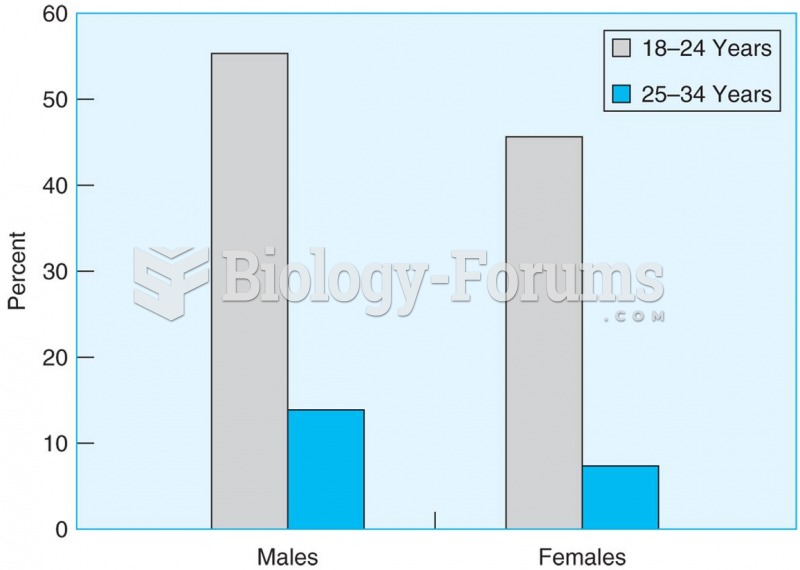This topic contains a solution. Click here to go to the answer
|
|
|
Did you know?
Everyone has one nostril that is larger than the other.
Did you know?
Although puberty usually occurs in the early teenage years, the world's youngest parents were two Chinese children who had their first baby when they were 8 and 9 years of age.
Did you know?
Amoebae are the simplest type of protozoans, and are characterized by a feeding and dividing trophozoite stage that moves by temporary extensions called pseudopodia or false feet.
Did you know?
The lipid bilayer is made of phospholipids. They are arranged in a double layer because one of their ends is attracted to water while the other is repelled by water.
Did you know?
Eat fiber! A diet high in fiber can help lower cholesterol levels by as much as 10%.
 Evolutionary ecologists live and do research in contemporary cultures that maintain all or some aspe
Evolutionary ecologists live and do research in contemporary cultures that maintain all or some aspe
 More young men than women live in their parents’ homes, though the proportion for both decreases ...
More young men than women live in their parents’ homes, though the proportion for both decreases ...





